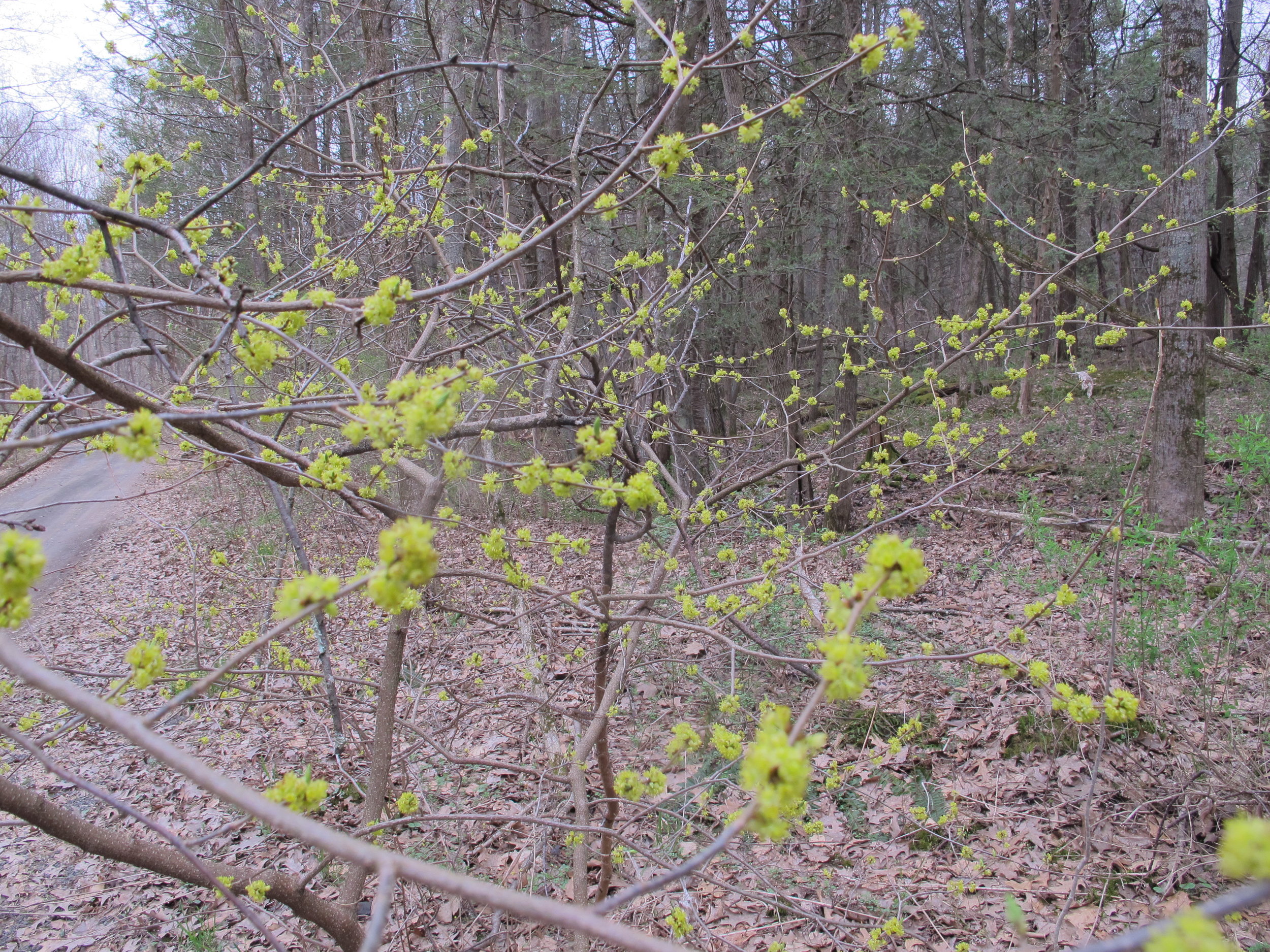Excited to introduce Spicebush to the wild gardens here. I just dug up some small bushes from a friend’s woodland where spicebush is prolific (grateful!). In the process I was surprised to see such shallow roots, and how content they were growing out of extremely rocky terrain with not much soil, albeit the soil was rich and moist. Since spicebush is a dioecious shrub (male and female flower on separate plants), I hope I've brought home both sexes otherwise no fruits will be had. I’ll plant them along a woodland edge in part sun, sprinkle a little lime (I think they like sweeter soil, ours tends to acid), mulch them heavily, and pray they do well. (Growing note: height 6-12 feet by width 6-12 feet.)
~ In addition to being graced by its presence, I look forward to experimenting with this aromatic friend in the kitchen and herbal pharmacy.
Do you use spicebush and if yes, how so? Do tell!
~ Spicebush, scientifically called Lindera benzoin, of the Lauraceae (aka laurel) family is a native shrub of eastern US, found in zones 4-9. Other names Benjamin bush, fever bush.
Edible parts: flowers, tender new leaves, fruits, twigs and bark. Use all parts as a tea, new young leaves as salad, flowers as a flavor accent, berries as an aromatic spice. Qualities: aromatic, carminative (gas relieving, digesting promoting), febrifuge (fever reducing), anti-parasitic, antiseptic.
~ Look for spicebush in the understory of woodlands, damp ravines, and stream banks, on most soil types in full sun to full shade. It likes limestone outcropping = sweeter soil. Or if none are growing in your neighborhood, perhaps you'd like to introduce some!
Conservation warning: when digging up spicebush for transplanting, only do so if it is extremely prolific in the under story, so your thinning helps strengthens the patch and helps it spread into other parts of the landscape.


